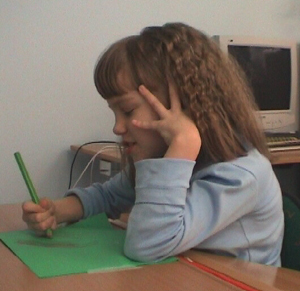The purpose of MACS

The Manual Ability Classification System has been developed to classify how children with cerebral palsy use their hands when handling objects in daily activities. The classification is designed to reflect the child's typical manual performance, not the child's maximal capacity. It classifies what children do when using one or both of their hands for activities, rather than assessing and classifying each hand separately. When defining the five levels of the MACS our primary criterion was that the distinctions in manual ability should be clinically meaningful.
During the development of MACS our intention was to go beyond a description of the details of "hand movements" and develop a classification based on what the child is able to achieve in everyday life with the hands. Hand function is complex and influenced by many different components such as sensorimotor components, cognition, postural control, visual perception, motivation etc but MACS does not consider underlying components. The focus is on "how" things are done, not "why". Therefore the concept of MACS is "The children's ability to handle objects in daily life".









